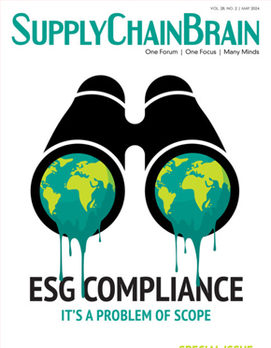
The global impact of the pandemic has yielded a number of important lessons for companies looking to survive the next major disruption. Among them is the need to better implement artificial intelligence in supply chains.
Here are some tips on how businesses can achieve that goal.
First, build a better model to anticipate consumer demand, one that takes into account less-obvious inputs. Currently such systems are built around simple trend and seasonality predictions. Instead, they should consider external inputs related to inflation, consumer price indices and other input shocks caused by COVID-19 intervention policies, such as stimulus checks, lockdowns and home building. A lot of these patterns are easy to see in hindsight, but that doesn’t mean they can’t be caught ahead of time. The beauty of AI-based models for forecasting is that they’re able to pick up interactions between seemingly unrelated features.
Once a better consumer demand model is built, create a secondary shipping estimation model. It should be constructed to take into account the current supply chain state at any time, and predict the cost to ship a container full of product. An advantage of this tool is that it can be back-tested to evaluate its accuracy. Simply look at the past and check the price estimate at any given time to see if it matches reality.
Finally, build a system that uses the demand model and cost estimator to act as a true supply chain AI. The way this would work is based on two core observations:
- The demand model can be used to predict what capacity is needed at some given point in the future.
- The cost estimation model can be used to predict what the price would be to facilitate that shipping at that point in the future for that demand.
With those two capabilities, an AI system can improve by adjusting the input levers on the cost estimation model. The model will have input parameters that could be as simple as “how many hours a day is the Los Angeles port running.” It becomes capable of knowing the effect on shipping costs based on changing values. The AI could be trained to constantly adjust the input levers of what constitutes the supply chain, to ensure that no matter what the demand is, the total cost to satisfy demand has an upper bound.
This three-stage approach is what the supply chain is likely to look like over the next 10 years. The devil is, of course, in the details. But once we have such a system in place, we won’t need to rely on politicians for solutions to coping with future supply chain disruptions. With AI aiding in supply-chain planning and modeling, the sky’s the limit.
James Kaplan is chief executive officer of MeetKAI.







